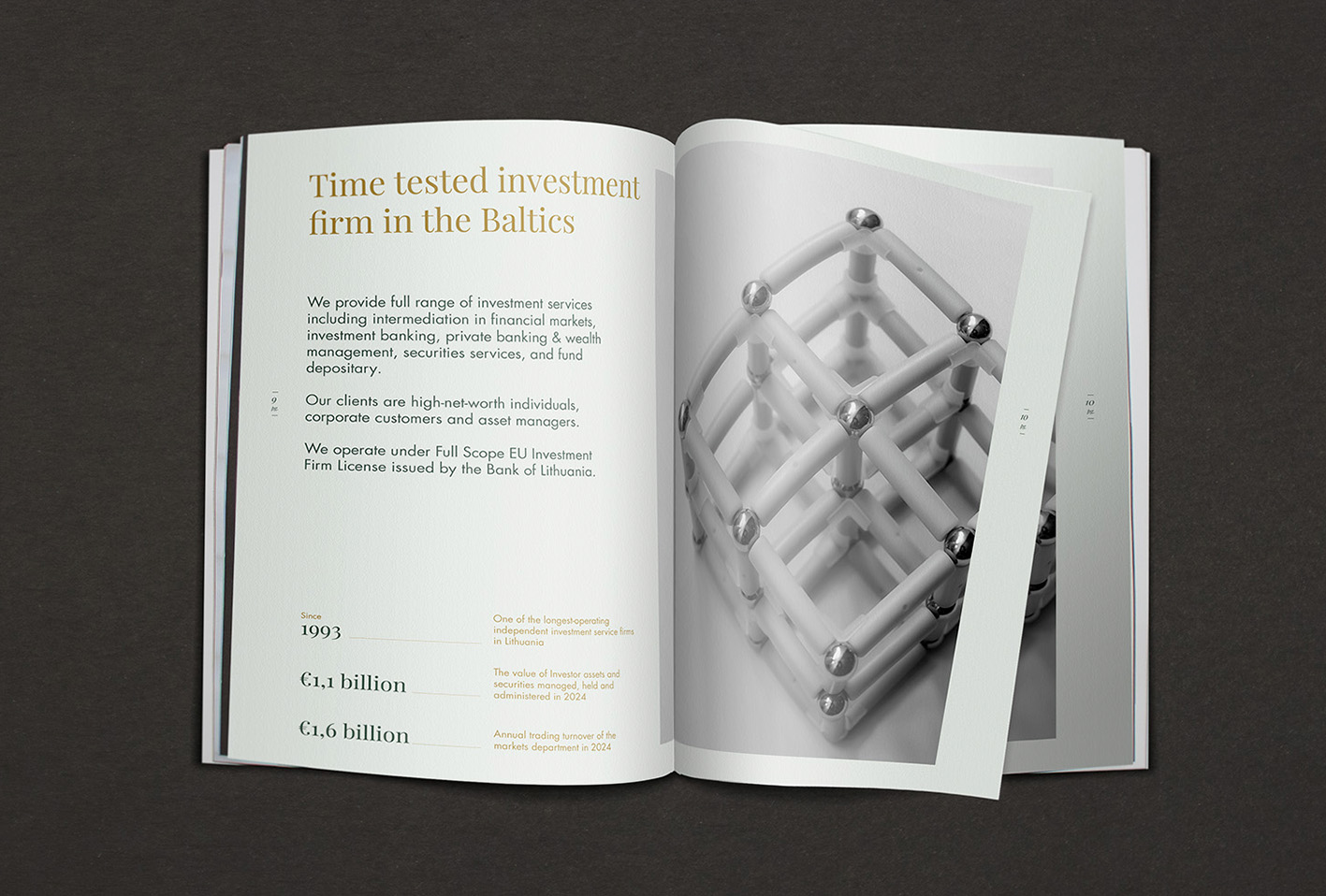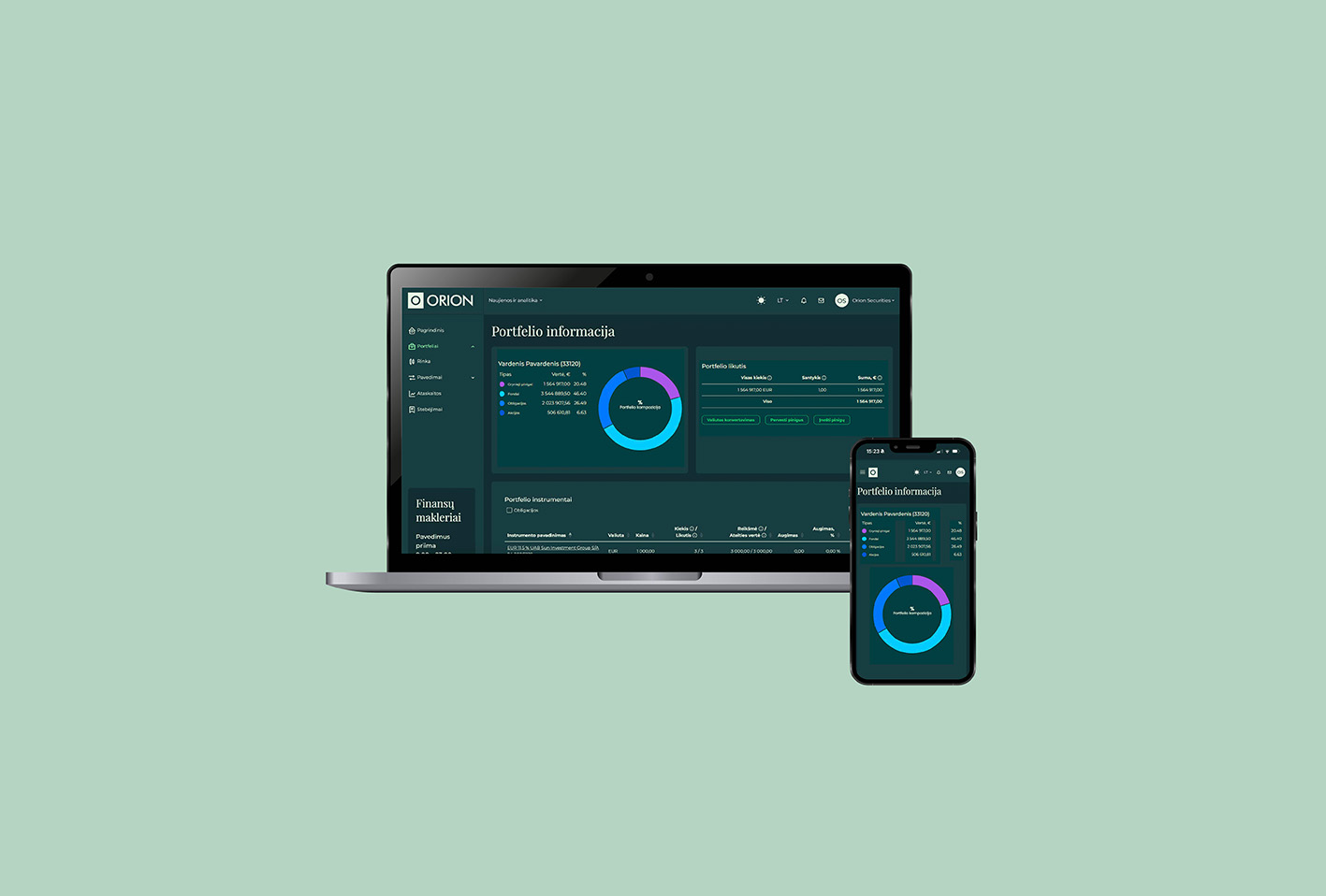What is the difference between a custodian and a depositary?
Every depositary is a custodian, but not every custodian is a depositary
According to the Bank of Lithuania, one more management company started operating in Lithuania during the first half of this year and eight investment funds for informed investors were established, bringing the total number of management companies in the country to 40 managing over 145 investment funds.
As practice shows, most of the newly established investment funds in Lithuania are intended for informed investors, which are not very strictly regulated. These funds only allow professional investors to invest, as they do not need strict protection due to their extensive investment experience, having in mind they can assess the risks by themselves and protect own interests. Therefore, unlike pension or investment funds operating under other laws, funds intended for informed investors do not need a depositary – a custodian is enough. The difference between these two services is explained in more detail in this article by Jolita Jonaitienė, Head of Depositary at “Orion”.
 Jolita Jonaitienė | „Orion“ Head of depositary
Jolita Jonaitienė | „Orion“ Head of depositary
The sole function of the custodian is custody
In Lithuania, only a bank or a financial brokerage firm that meets the capital requirements can act as a custodian or depositary. The fund account opened with the custodian must contain financial assets – money, deposits, financial instruments, and others. The custodian, like the depositary, must apply the requirements of sufficient segregation to the fund’s assets – the accounts must be separated from the management company and the custodian himself. The sole function of the custodian is custody of the aforementioned instruments, which together includes the acceptance and execution of financial instruments transactions, proper registration, records management, reconciliation and reporting. However, in principle, the functions of the custodian, provided by law, end here.
The custodian is responsible for the safekeeping of financial instruments, however, it is limited as the custodian does not control the management company’s decisions regarding these instruments. On the other hand, the range of functions of the depositary is much wider and additionally includes transactions monitoring, oversight duties, cash flow monitoring, ownership verification and record keeping, ensuring the fair value of net assets, and control over the issue and redemption of units/shares.
A wider range of depositary functions – greater protection for investors
A wider range of depositary functions provides investors with additional benefits, as it results in significantly greater protection. Every financial decision of the management company related to the fund’s assets is always thoroughly reviewed, checked by the depositary, and only then approved. The depository ensures that fund’s assets are always used for their intended purpose and comply with the foundation documents.
It is worth noting that not all funds intended for professional investors invest in financial instruments that require safekeeping. Recently established investment funds in Lithuania are developing business, engage in the development and sales of real estate objects, among other things. Therefore, we will compare what functions the custodian and the depositary would perform if the fund’s main investment strategy were real estate investments.
If the fund purchases real estate directly, the only function of the custodian is to safe-keep the assets in the fund’s account. However, if a depositary is involved, it performs a much wider range of actions. Firstly, the depositary would review the documents of the object being acquired, and ensure that the object aligns to the fund’s strategy. The depositary would then assess whether this acquisition would violate the fund’s diversification requirements. Additionally, having control over the cash account, the depositary would confirm the transfer of cash. After the transaction, the depositary would ensure that the real estate is properly registered in the name of the fund and that this fact is visible in the relevant registers. After verifying the ownership, the depositary would then record such assets and maintain an assets list. Later, when calculating the fund‘s asset value, the depositary would ensure that the newly acquired assets have been appraised by qualified valuers and are properly recorded to calculate the accurate value of the investment unit.
To sum up, the functions of the custodian and the depositary are linked only by the common obligation to safe-keep assets. However, it is important to note that every depositary is a custodian, but not every custodian is a depositary. The depositary always performs more functions and thus ensures the protection of non-professional investors.
Related articles:
– Depozitoriumas – papildoma apsauga investuotojams
– „Orion“ nuo šiol teiks depozitoriumo paslaugą Lietuvos investiciniams fondams
– „Orion“ pradėjo teikti depozitoriumo paslaugą „Modus Asset Management“ valdomiems fondams










